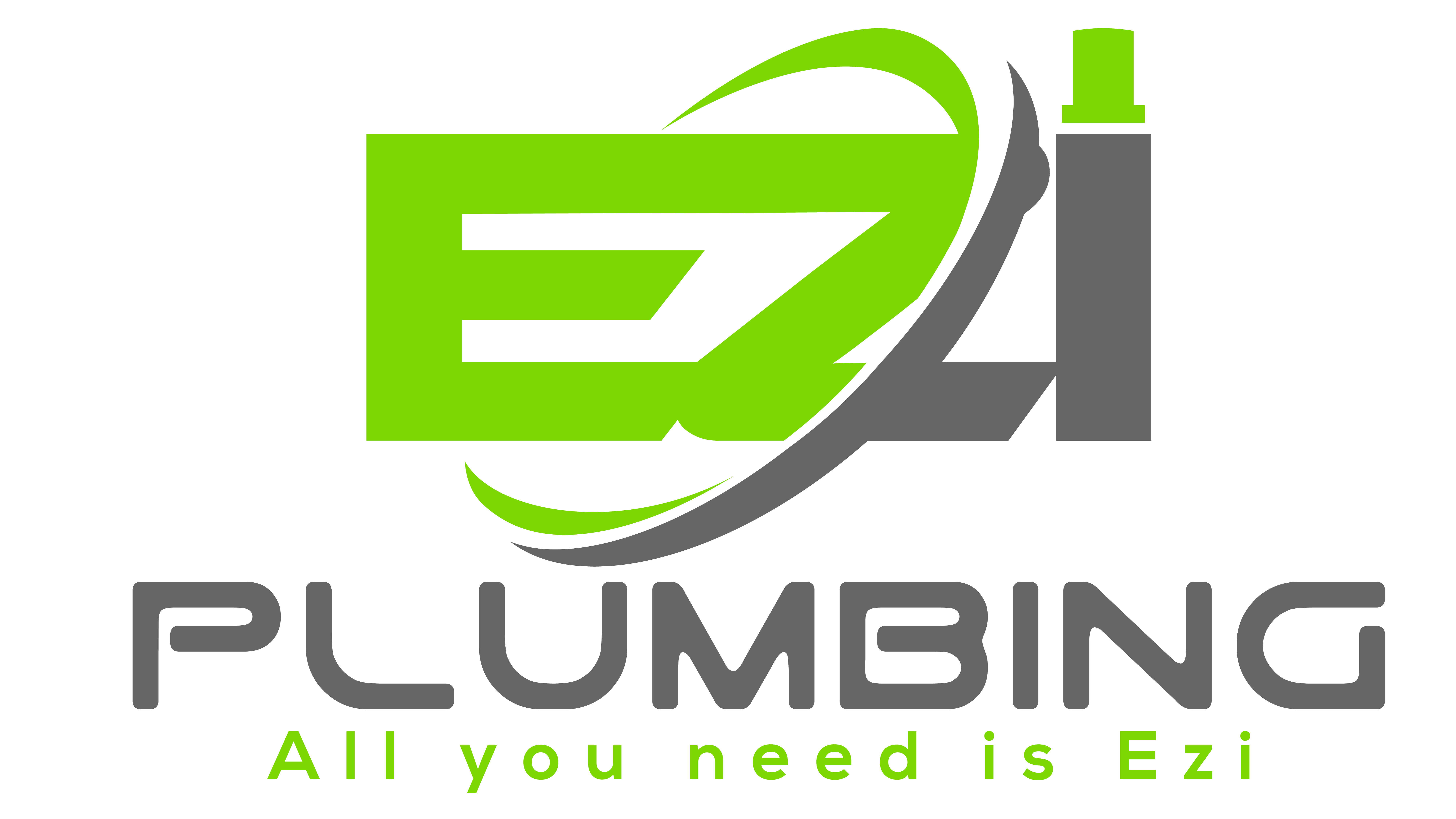Bidets are becoming a popular addition to bathrooms across the globe. They offer a level of cleanliness and comfort that traditional toilet paper can’t quite match. If you’re considering installing a bidet in your home, you’re in for a treat. However, there’s a lot to consider before diving into the installation process. From choosing the right type of bidet to understanding the installation requirements, this guide will walk you through everything you need to know to make your bidet installation smooth and successful.
Understanding Bidets: Why They’re Worth Considering
Bidets are rapidly gaining popularity for their role in personal hygiene. Designed to clean the genital and anal areas after using the toilet, they offer a level of cleanliness that traditional toilet paper often can’t match. By using a gentle stream of water, bidets provide a more thorough and refreshing clean, which many users find superior to the limited effectiveness of paper.
In addition to improved hygiene, bidets contribute to environmental sustainability by reducing the need for toilet paper, which helps decrease paper waste and deforestation. They also offer comfort benefits, such as adjustable water temperature and pressure, enhancing the overall bathroom experience.

Types of Bidets
There are several types of bidets to choose from, each offering different features and benefits. Here’s a quick rundown:
Standalone Bidets
Standalone bidets are separate fixtures installed beside the toilet, resembling a low sink. They are used in conjunction with the toilet, providing a dedicated space for personal hygiene. They require additional floor space and separate plumbing.
Bidet Attachments
Bidet attachments are mounted onto your existing toilet seat, offering a budget-friendly and less invasive option. They come with features like adjustable water pressure and temperature controls, enhancing hygiene without needing a complete toilet replacement.
Bidet Seats
Bidet seats replace your current toilet seat and include built-in bidet functions. These advanced models often feature heated seats, air dryers, and customizable spray options, adding luxury and comfort to your bathroom routine.
Integrated Bidet Toilets
Integrated bidet toilets combine both the toilet and bidet into a single unit. They offer a sleek, modern design and advanced features but are generally more expensive. These all-in-one units provide a seamless, space-saving solution for complete bathroom functionality.
Choosing the Right Bidet for Your Needs
Selecting the right bidet involves considering a few key factors:
Budget
When selecting a bidet, your budget plays a crucial role in determining which model to choose. Bidet attachments and seats are typically more affordable and provide essential functions at a lower cost. On the other hand, standalone bidets and integrated bidet toilets tend to be pricier due to their additional features and installation requirements. Setting a clear budget will help narrow down your options and ensure you find a bidet that meets both your financial constraints and hygiene needs.
Features
The features offered by bidets vary widely, so consider what functionalities are most important to you. Basic bidets provide straightforward cleaning functions with adjustable water pressure. In contrast, advanced models might include amenities like heated seats, air dryers, and remote controls for enhanced convenience and comfort. Decide which features will improve your bathroom experience and align with your preferences.
Space
The available space in your bathroom is an important factor in choosing the right bidet. Standalone bidets, which are separate fixtures, require additional floor space and proximity to the toilet. Bidet attachments and seats are more compact and designed to fit directly onto your existing toilet, making them suitable for smaller bathrooms or spaces with limited room for installation.
Installation Complexity
The complexity of installation varies depending on the bidet type. Bidet attachments and seats are typically the easiest to install, often requiring only basic tools and minimal plumbing adjustments. Standalone bidets and integrated bidet toilets, however, may involve more extensive installation processes, including new plumbing or electrical work. If you prefer a DIY approach, starting with an attachment or seat might be more manageable, while professional help might be necessary for more complex setups.
Preparing for Bidet Installation
Before you start the installation process, it’s important to prepare your bathroom and gather the necessary tools. Here’s what you need to do:
Assess Your Bathroom Layout
Before installing a bidet, carefully evaluate your bathroom layout. Measure the available space around your toilet to ensure there’s enough room for the bidet model you plan to install. Adequate space is crucial for comfortable use and proper installation.
Gather Tools and Supplies
For a successful DIY bidet installation, assemble the necessary tools and supplies. Commonly required tools include a wrench, screwdriver, and pliers. Additionally, check the bidet’s installation instructions for any specific parts or tools needed, depending on the model you’ve chosen.
Turn Off the Water Supply
To prevent leaks or spills during installation, locate and turn off the water supply to your toilet. This step is essential for ensuring a clean and safe installation process. Verify that the water has been shut off completely before proceeding.
Remove Existing Fixtures
If installing a bidet seat or attachment, you’ll need to first remove the current toilet seat. Follow the manufacturer’s guidelines for properly detaching the existing seat, making sure to keep any necessary tools and parts handy for the installation of the new bidet.
Installing a Bidet Attachment
Remove the Toilet Seat
Start by using a screwdriver to remove the bolts securing your current toilet seat. Carefully set the seat aside, taking care not to damage the toilet or surrounding fixtures. This step is necessary for installing the bidet attachment.
Install the Bidet Attachment
Place the bidet attachment onto the toilet bowl, ensuring it aligns with the existing bolt holes. Use the provided bolts and nuts to secure the attachment in place. Check that it sits evenly and is firmly attached to prevent any movement.
Connect the Water Supply
Attach the water supply hose to the bidet’s inlet valve, then connect the other end to the toilet’s water supply line. Ensure all connections are tightly secured to prevent leaks. It’s essential for proper bidet function and to avoid water damage.
Test the Bidet
After reconnecting the water supply, turn it back on and test the bidet to ensure it operates correctly. Check for leaks and confirm that all features work as intended. Adjust settings like water pressure and temperature to your preference.
Installing a Bidet Seat
Bidet seats are similar to attachments but replace the existing seat. Here’s how to install one:
- Remove the Toilet Seat: As with the attachment, start by removing the existing seat.
- Install the Bidet Seat: Place the bidet seat onto the toilet bowl, aligning it with the mounting holes. Secure it with the provided hardware.
- Connect the Water Supply: Attach the water supply hose to the bidet seat and connect it to the toilet’s water supply. Ensure all connections are secure.
- Power Up: If your bidet seat has electrical features, plug it into an electrical outlet. Follow the manufacturer’s instructions for setting up any additional features.
- Test the Bidet Seat: Turn on the water supply and test the bidet seat. Adjust the settings to your preference.
Installing a Standalone Bidet
Standalone bidets are more complex and often require professional installation. However, if you’re up for the challenge, here’s a general guide:
- Choose the Location: Standalone bidets need to be placed near the toilet, usually within a few feet. Ensure the location has access to both water supply and drainage.
- Install the Bidet Base: Secure the bidet base to the floor using the provided anchors. Ensure it’s level and properly aligned.
- Connect the Water Supply: Attach the water supply lines to the bidet. You may need to install new plumbing for this purpose.
- Connect the Drainage: Connect the bidet’s drainage pipe to the existing plumbing. Ensure all connections are secure to prevent leaks.
- Test the Bidet: Turn on the water supply and test the bidet. Check for leaks and ensure that it’s functioning properly.
Installing an Integrated Bidet Toilet
Integrated bidet toilets are the most complex to install and usually require professional help. Here’s a general overview:
- Remove the Old Toilet: Disconnect the old toilet from the water supply and remove it from the floor.
- Install the New Bidet Toilet: Place the new integrated bidet toilet onto the floor, aligning it with the plumbing connections. Secure it with the provided bolts.
- Connect the Water Supply: Attach the water supply line to the new toilet. Ensure all connections are tight to prevent leaks.
- Test the Toilet: Turn on the water supply and test the bidet toilet. Check for any leaks and ensure all features are working correctly.
Maintenance and Care
To keep your bidet in top condition, regular cleaning is essential. Use mild, non-abrasive cleaners to prevent buildup and maintain optimal hygiene. Cleaning the bidet regularly helps prevent stains and ensures the fixture remains sanitary for daily use.
In addition to cleaning, periodically inspect the bidet for any leaks around the connections. Address any leaks promptly to prevent water damage. If your bidet includes filters, make sure to replace them according to the manufacturer’s recommendations to maintain proper functionality. For any complex issues or repairs, it’s advisable to hire a professional to ensure your bidet is serviced correctly and continues to operate smoothly.
Conclusion
When considering bidet installation, it’s crucial to understand the essential steps and requirements to ensure a smooth and effective setup. From selecting the right bidet model to ensuring proper plumbing adjustments, being informed can save time and prevent potential issues. EZI Plumbing, located in Valley Bay, AU, offers expert advice and professional installation services. With a commitment to high-quality service, EZI Plumbing ensures that the bidet functions flawlessly. For inquiries or to schedule installation, contact EZI Plumbing at 0448467788 for a seamless and satisfying bidet installation experience.

